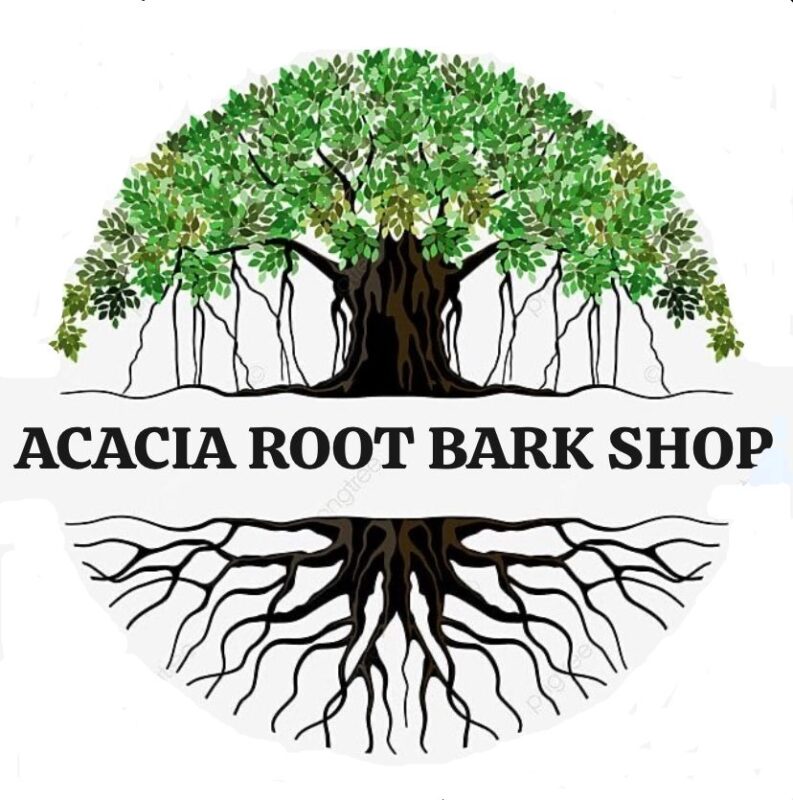Uncategorized
Unveiling the Mysteries of Acacia Confusa Root Bark

Traditional Uses
In traditional medicine, particularly within indigenous cultures of Taiwan and the Philippines, Acacia Confusa root bark has been used for centuries. Some of the notable uses include:
- Herbal Remedies: The root bark has been used to create herbal decoctions believed to treat various ailments, such as digestive issues, inflammation, and pain.
- Dye Production: The bark contains tannins, which are utilized in producing natural dyes for textiles.
- Spiritual Practices: In certain cultures, the root bark has been employed in spiritual rituals and ceremonies, valued for its purported psychoactive properties.
Phytochemical Profile
The root bark of Acacia Confusa is rich in several alkaloids, most notably N,N-Dimethyltryptamine (DMT) and N-Methyltryptamine (NMT). These compounds are of particular interest due to their psychoactive effects. DMT, in particular, is a powerful entheogen, often associated with profound spiritual experiences.
Contemporary Interest
In recent years, there has been a resurgence of interest in Acacia Confusa root bark, particularly within the realms of alternative medicine and psychoactive research. Some key areas of contemporary interest include:
- Psychological Studies: Researchers are exploring the potential therapeutic benefits of DMT for conditions such as depression, anxiety, and PTSD.
- Ethnobotanical Research: Scholars are studying the traditional uses and cultural significance of Acacia Confusa to preserve and understand indigenous knowledge.
- Sustainable Harvesting: With the growing demand, there is a focus on sustainable harvesting practices to ensure that wild populations of Acacia Confusa are not depleted.

Legal and Ethical Considerations
While Acacia Confusa root bark is legal in many parts of the world, the extraction and use of DMT are highly regulated. It is essential for users and researchers to be aware of and comply with local laws and regulations. Ethical considerations also play a critical role, especially in respecting the traditional uses and cultural significance of this plant.
Conclusion
Acacia Confusa root bark is a botanical wonder with a rich history and a promising future. From its traditional uses in herbal medicine and spiritual practices. To its potential in modern therapeutic applications, this root bark continues to captivate and inspire. As interest grows, it is crucial to approach its use with respect, responsibility, and a commitment to sustainability.
Whether you’re a botanist, herbalist, or someone intrigued by the mysteries of nature, Acacia Confusa root bark offers a fascinating glimpse. Into the world of plant-based wisdom and the intricate connections between nature and culture.
